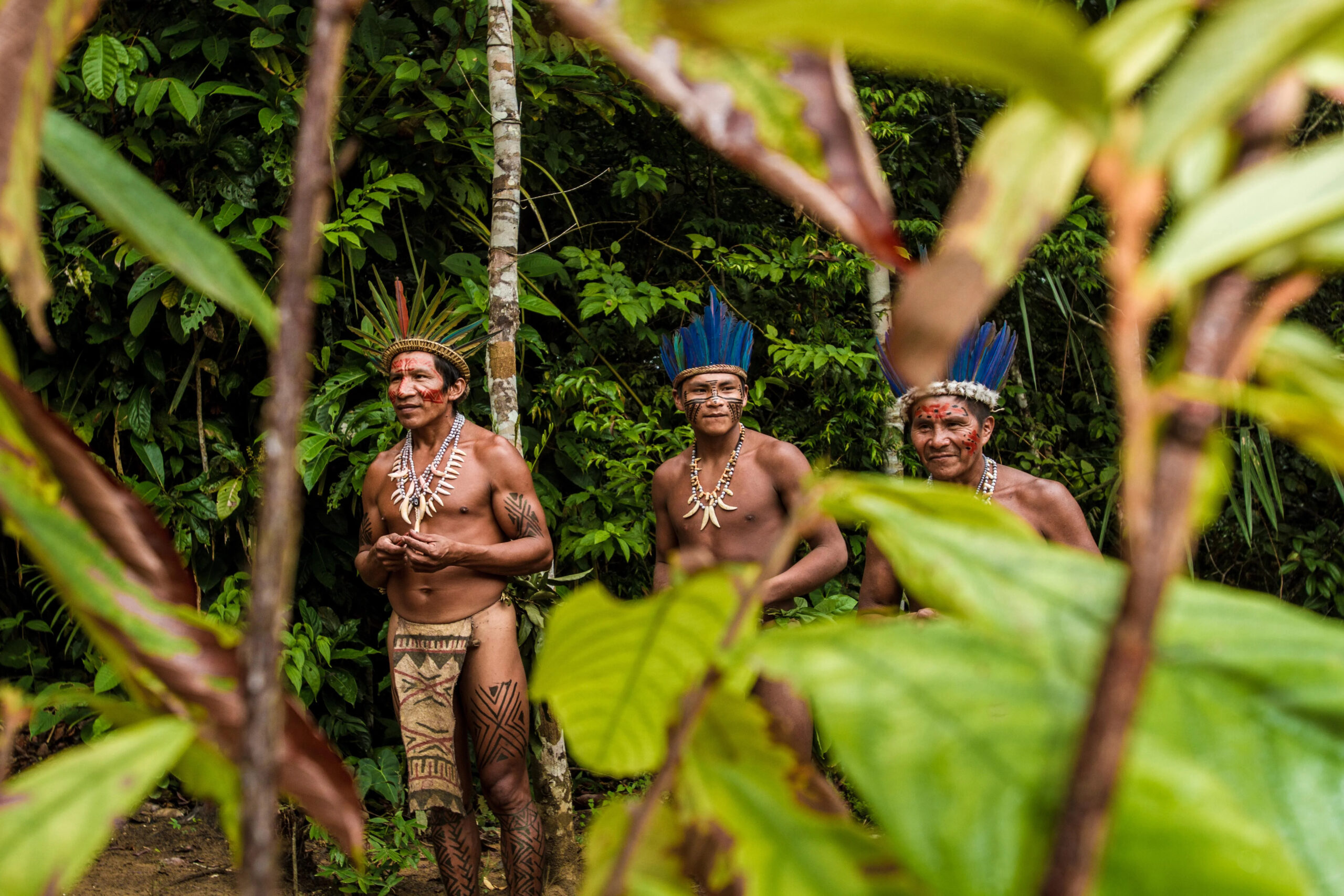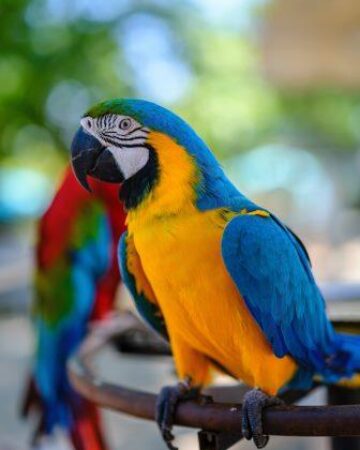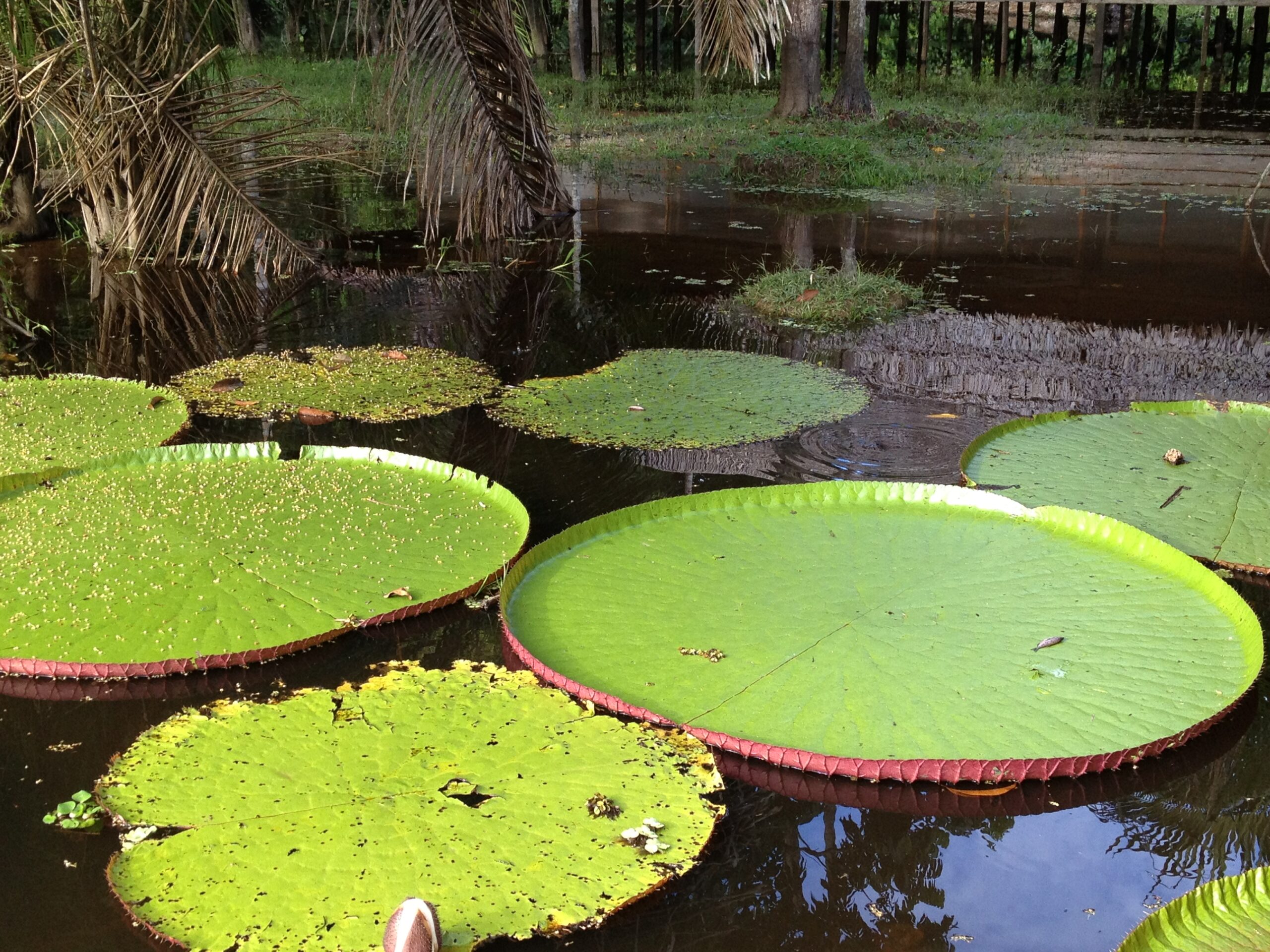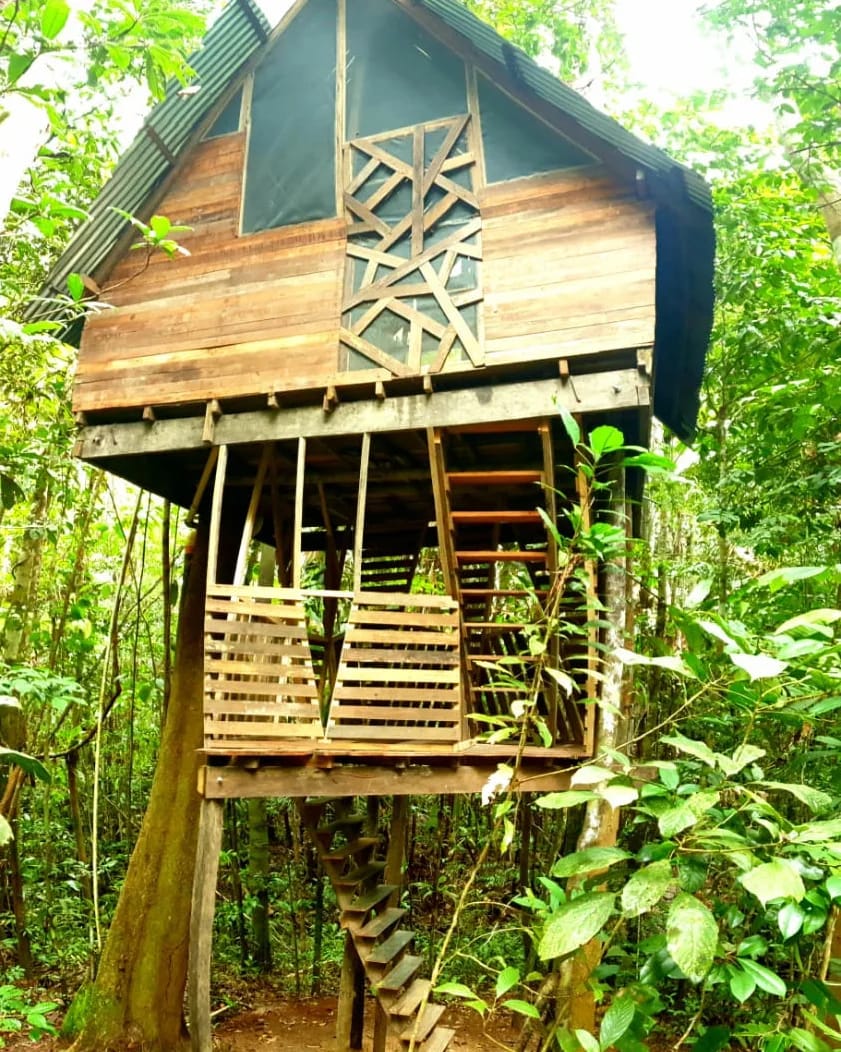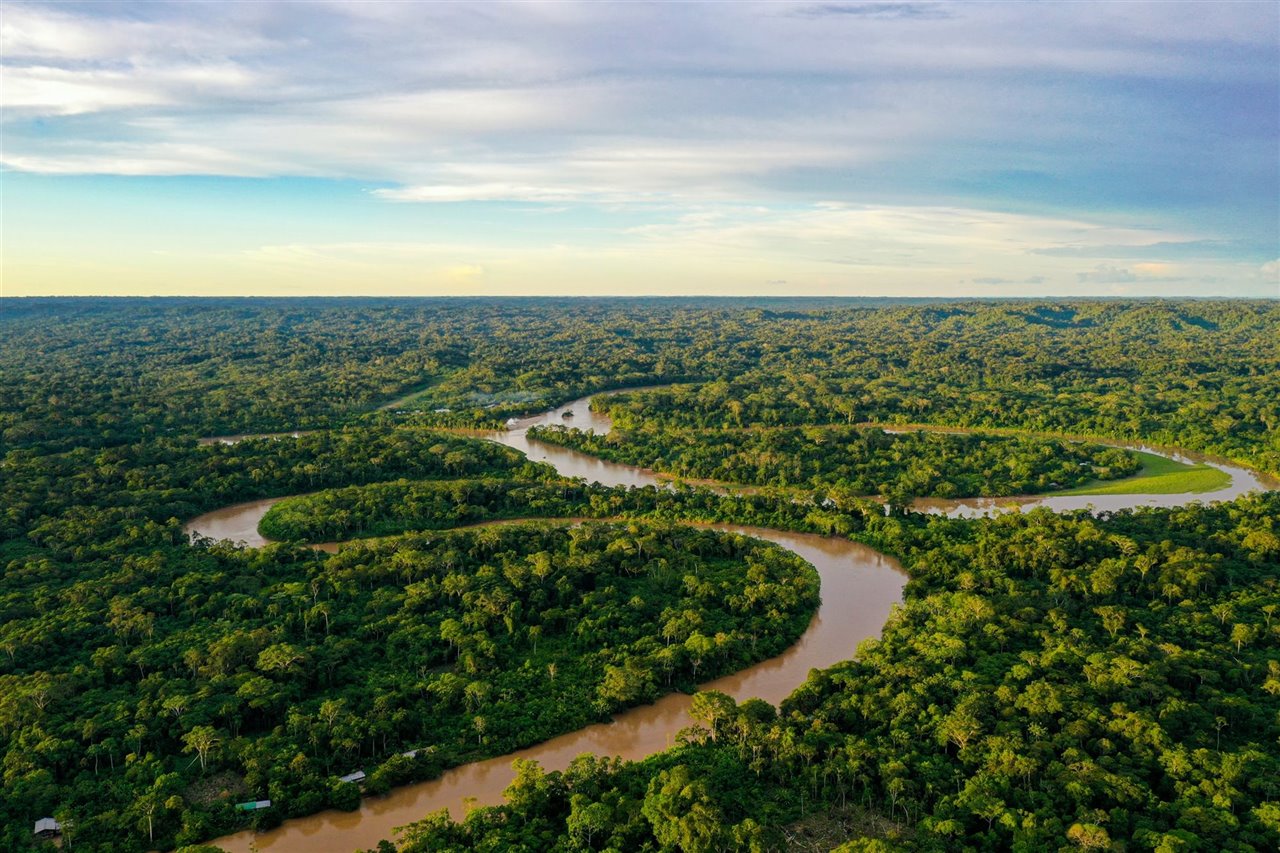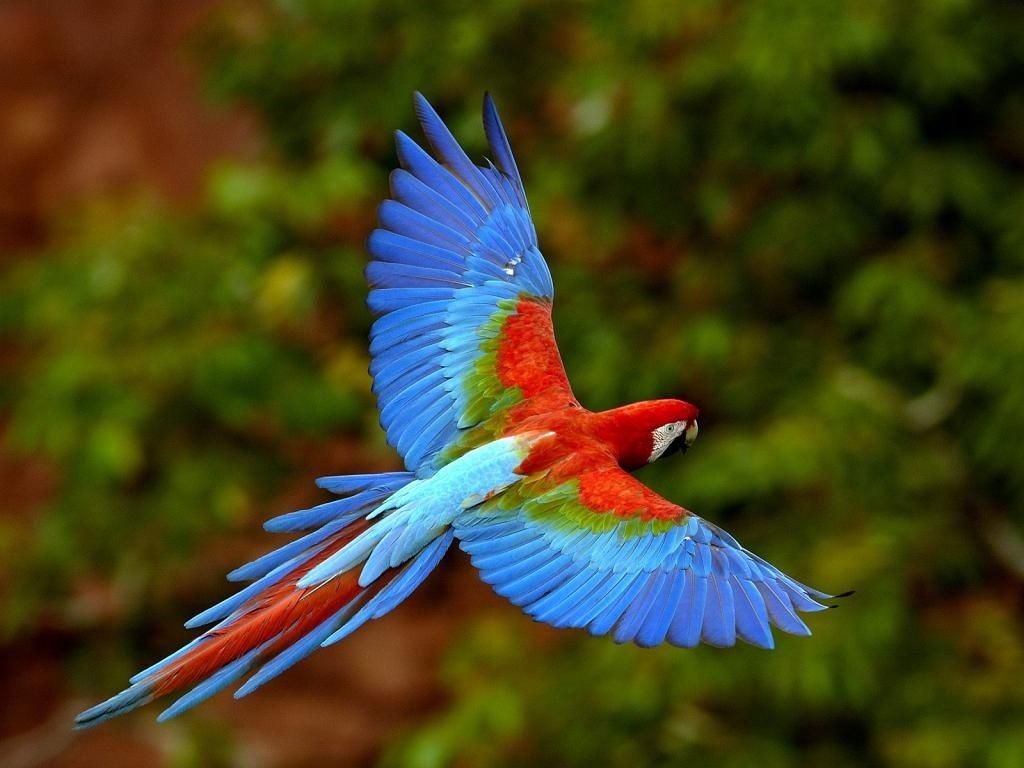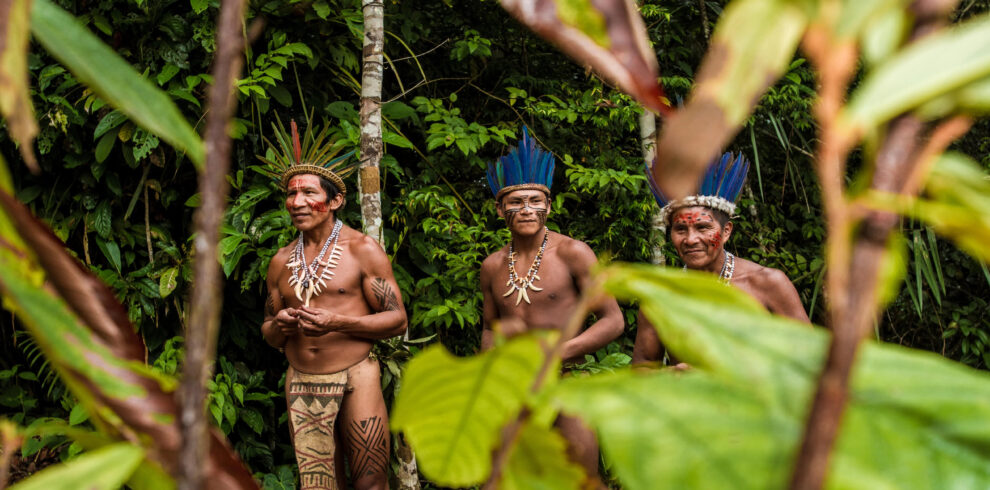The lungs of the world, with the majestic Amazon River, where you can navigate to observe amazing species and reach remote villages, indigenous reserves, and nature reserves.
The natural wealth is also demonstrated by the enormous variety of animal and plant species found in the region: 860 bird species, 140 amphibian species, 85 mammal species, 147 reptile species, and 6,800 plant species. All of this is thanks to the care of locals and tourists.
The municipality of Puerto Nariño was certified as the first sustainable destination in Colombia, thanks, among other things, to the proper use of water and energy resources, and the protection of flora and fauna. Cultural richness is expressed in the indigenous peoples of the Colombian Amazon, such as the Yuri and Nukak, who give this territory an incomparable ethnic diversity. Learning about their rituals, cultures, and beliefs and interacting with tribal leaders to understand their relationship with nature are unique experiences that will transform you.
DESCRIPTION
When to Go?
The Amazon is a rainforest, so the climate is generally hot and humid. The region receives a significant amount of rainfall throughout the year, primarily from November to April. Keep in mind that during the rainy season, the river level can rise significantly, meaning boat trips may be more difficult. If you’re planning an adventure trip, then you should consider visiting the Amazon between May and October, when the weather is drier.
Where Is It?
The Amazonas Department of Colombia is located in the far south of the country. Part of its territory lies below the equator and belongs to what is known as the Amazon region.
How to Get There?
By air, on direct 80-minute flights from Bogotá, or on connecting flights from major Colombian cities.
From Tabatinga on the border with Brazil, you can take a boat that takes you to Manaus in four days.

